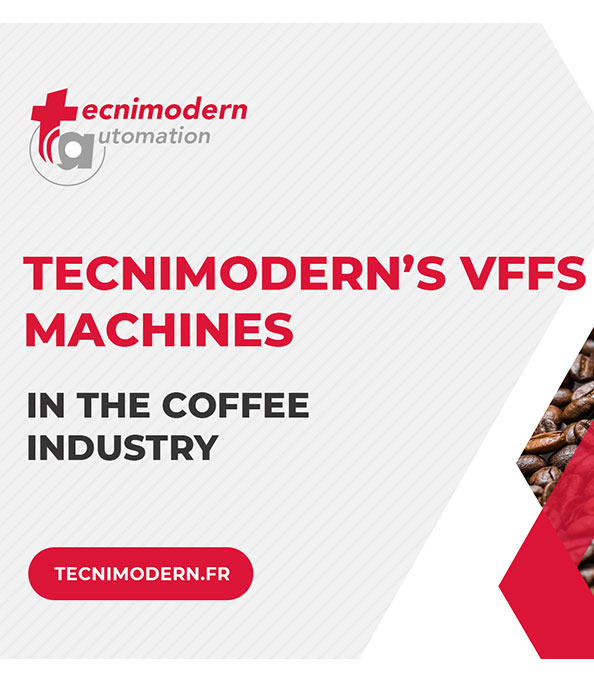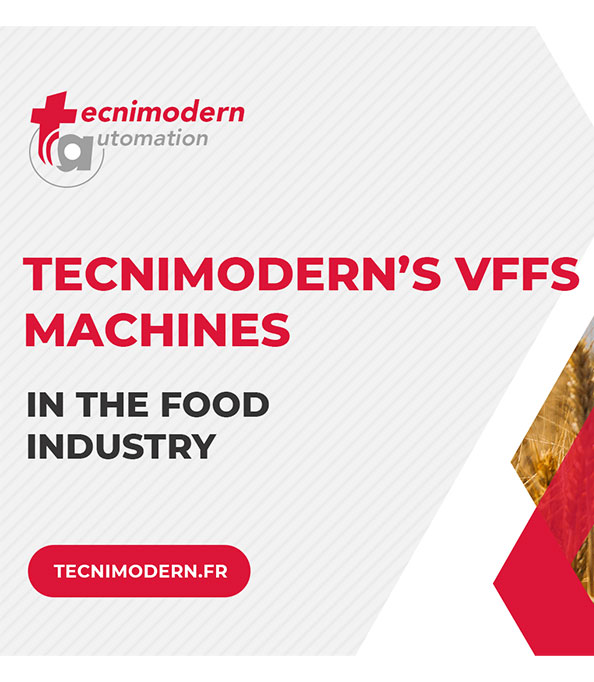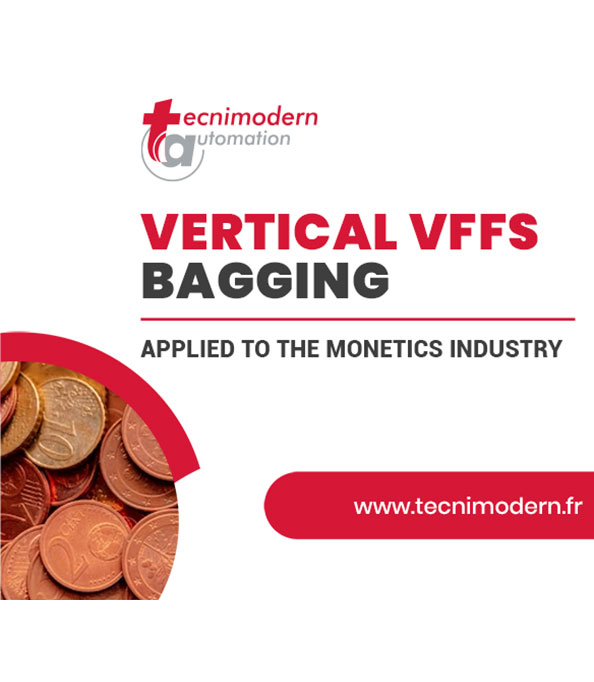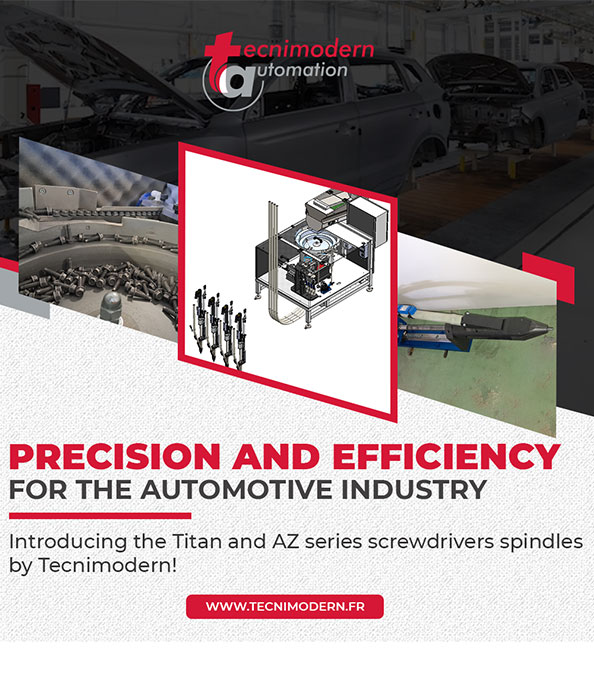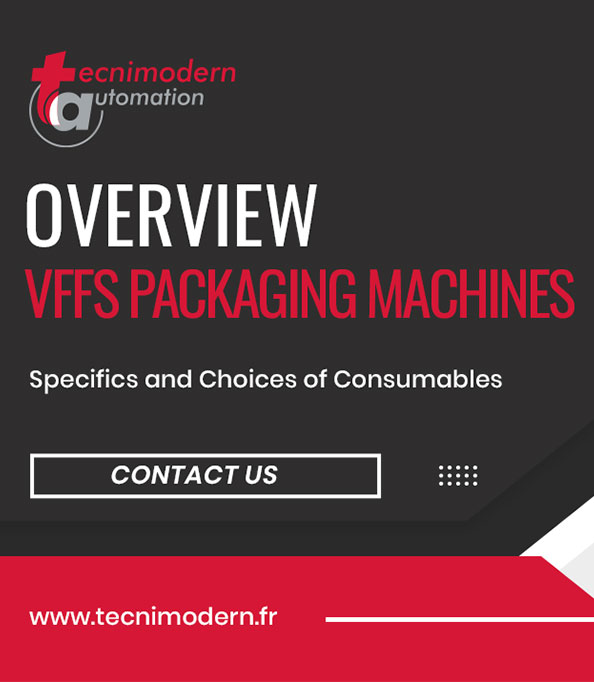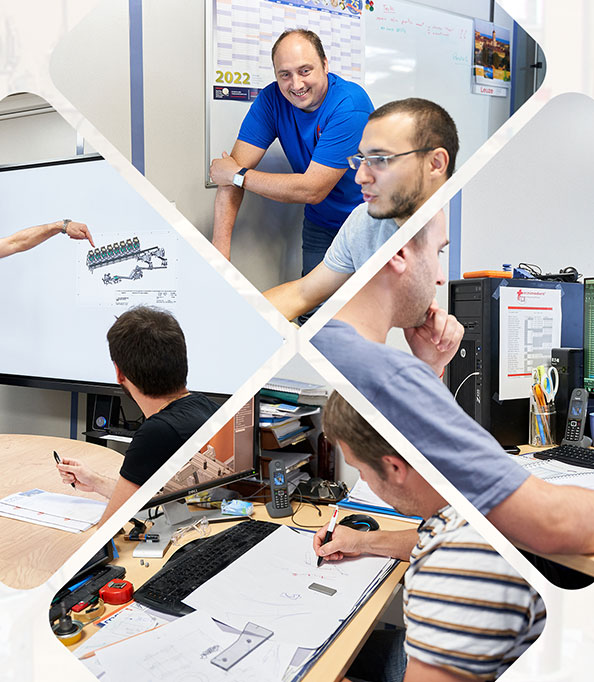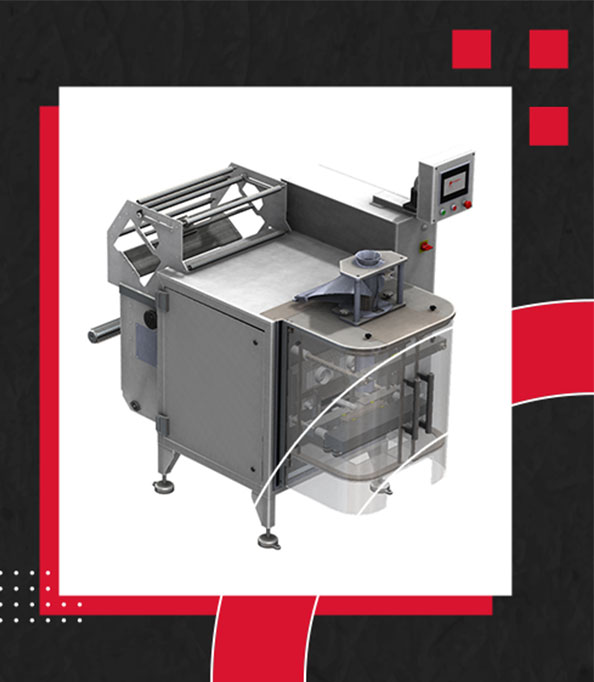Exploring the Perfect Blend: Innovating Coffee Packaging with VFFS Technology
Greetings coffee connoisseurs and packaging enthusiasts,
As the aroma of freshly brewed coffee wafts through our mornings, it’s a testament to the delicate art and science of coffee packaging. Behind each delightful cup lies a journey that begins with selecting the finest beans and culminates in packaging that preserves flavor, aroma, and quality. As a dedicated manufacturer of Vertical Form Fill Seal (VFFS) machines, we’re excited to unveil how our technology is serving the coffee packaging landscape.
Precision and Consistency: The world of coffee is diverse, ranging from small and dense beans to fine powders. Our VFFS machines are meticulously engineered to handle this spectrum of textures with unparalleled precision. From the moment beans cascade into the packaging to the final seal, our technology ensures uniform filling, guaranteeing that every package delivers a consistent coffee experience.
Sealing in Freshness: We recognize that the secret to exceptional coffee lies in its freshness. To safeguard this crucial element, our VFFS machines incorporate advanced sealing mechanisms. These mechanisms create a protective barrier, shielding your beans or powder from detrimental light, moisture, and air exposure. This ensures that your coffee retains its vibrant flavors and enticing aromas, even after it embarks on its journey to your cup.
Innovation for Variety: The coffee industry thrives on diversity – diverse flavors, roasts, and blends. Our VFFS machines are designed to embrace this diversity seamlessly. Whether you’re packaging delicate single-origin beans or crafting complex blends, our technology effortlessly adapts to cater to your unique creative expressions.
Valves and Gas Flush Integration: Have you ever wondered about those perfectly puffed coffee bags that seem to breathe? Our VFFS machines offer an ingenious integration of one-way valves and gas flushing. This dynamic duo ensures that excess gas, a natural byproduct of freshly roasted beans, is released, preserving the beans’ integrity. Simultaneously, the valve prevents external air from compromising freshness. The result? Coffee that resonates with the richness of its origin, just as it did on the day of roasting.
Effortless Changeovers: In the realm of coffee, inspiration knows no bounds. Our VFFS machines recognize this and empower you to seamlessly transition between different coffee types and bag sizes. With user-friendly controls and intelligent design, you can effortlessly shift from packaging your signature espresso blend to your indulgent dark roast, all while maintaining uncompromised efficiency.
Sustainability Matters: Our commitment to sustainability is unwavering. We acknowledge the importance of responsible packaging in today’s world. Our VFFS machines are adaptable to a range of eco-friendly materials, aligning seamlessly with your brand’s environmental aspirations.
Collaboration and Integration: A symphony of components makes coffee packaging a reality. Our VFFS machines are built to harmonize with other elements in your packaging line, such as checkweighers and labeling machines. This orchestrated collaboration ensures a streamlined, efficient, and flawless process.
User-Centric Design: Technology should empower, not overwhelm. Our VFFS machines boast user-friendly interfaces that empower your operators to optimize production, monitor processes, and make adjustments effortlessly.
As we embrace the enchantment between coffee beans and packaging, our VFFS machines stand as silent yet impactful partners in ensuring the coffee you savor is a culmination of dedication and innovation. From the very origins of the bean to the final pour, our technology is the unspoken hero that transforms your morning ritual into an extraordinary experience.
So, let’s raise our cups – to innovation, to coffee’s journey, and to the harmonious blend of technology and craftsmanship that enriches our daily lives. Cheers to perfection in every package.
Contact us today: export@tecnimodern.com



